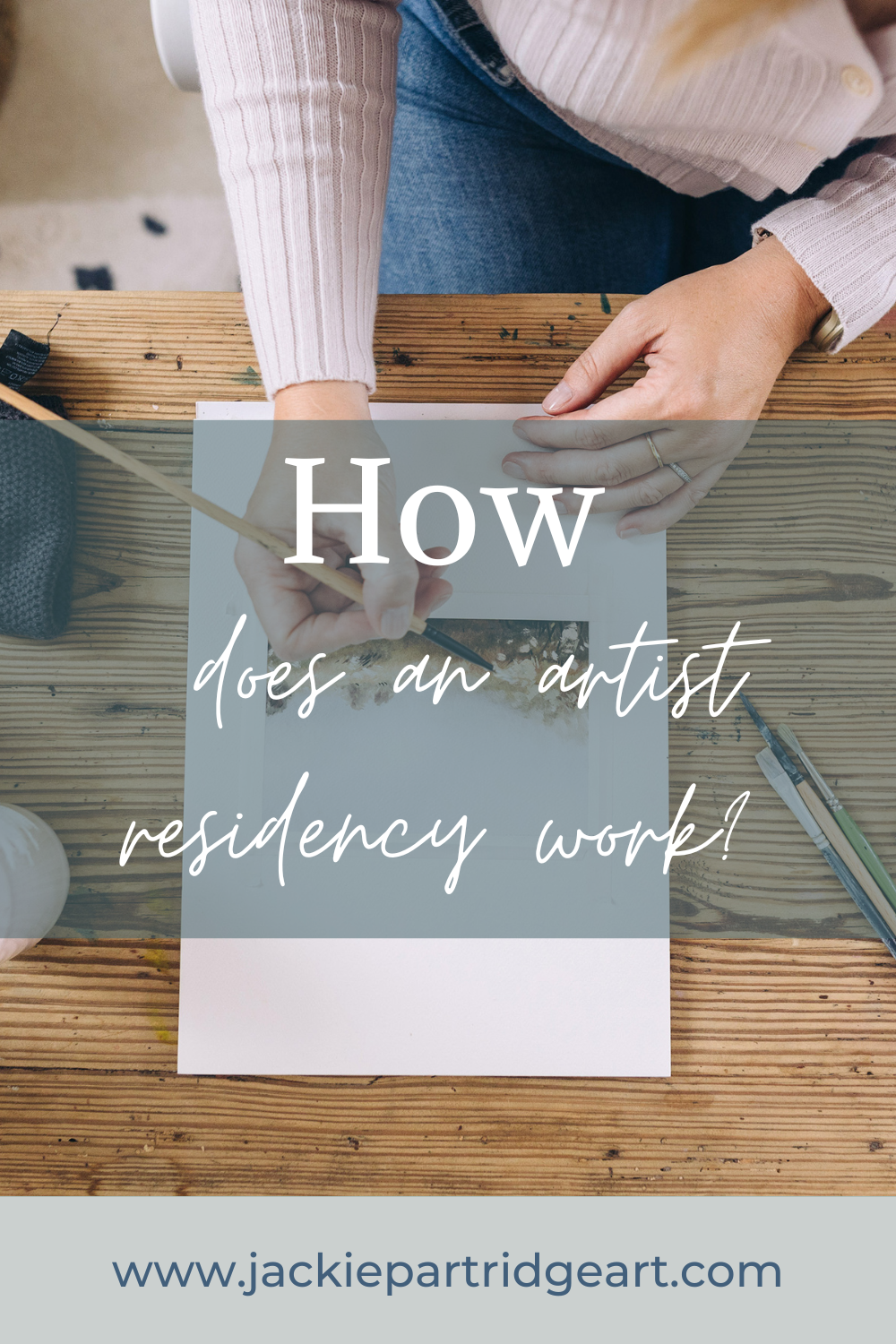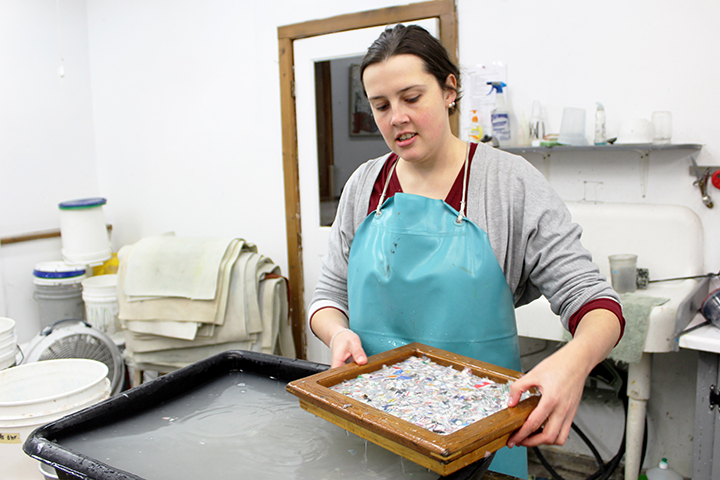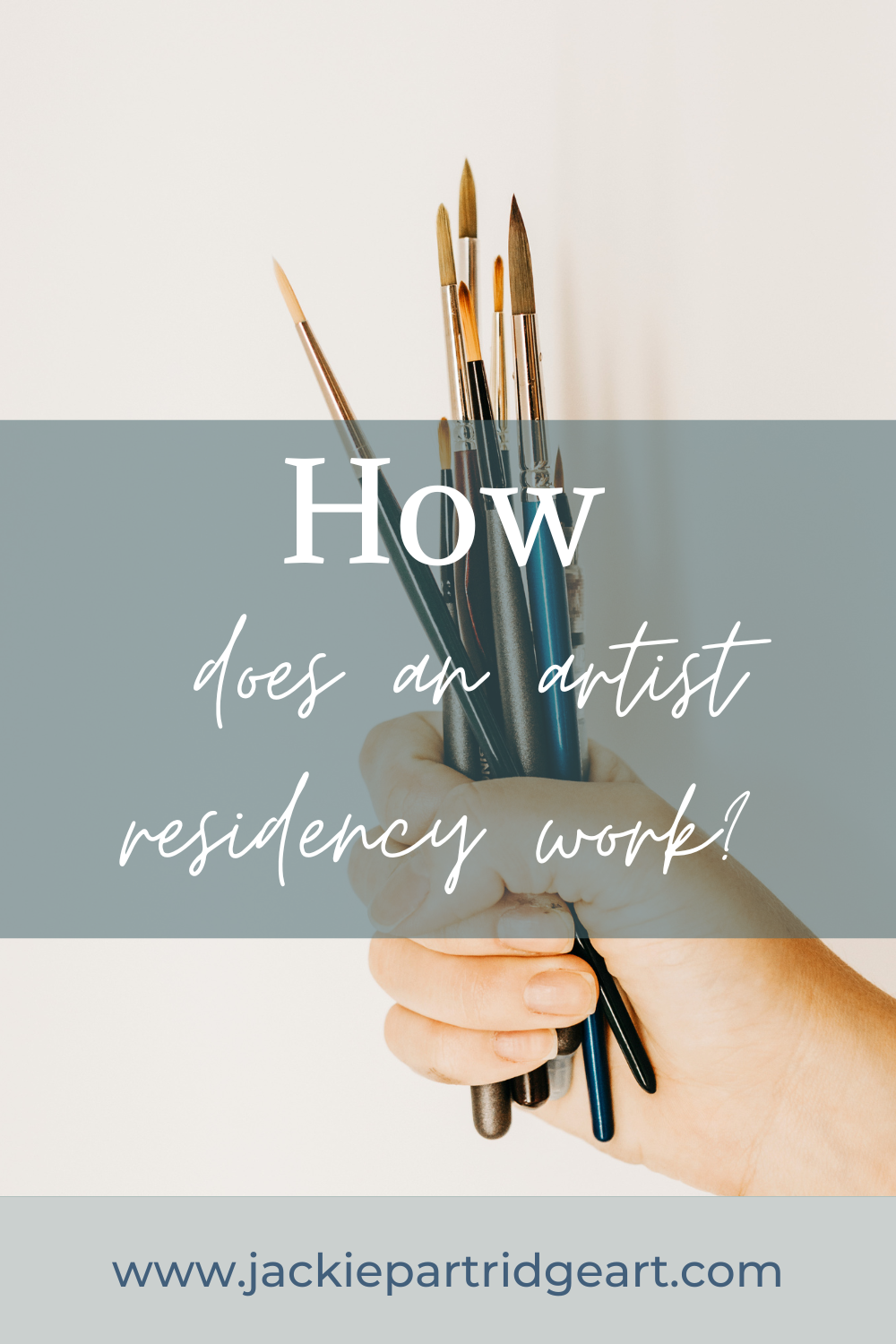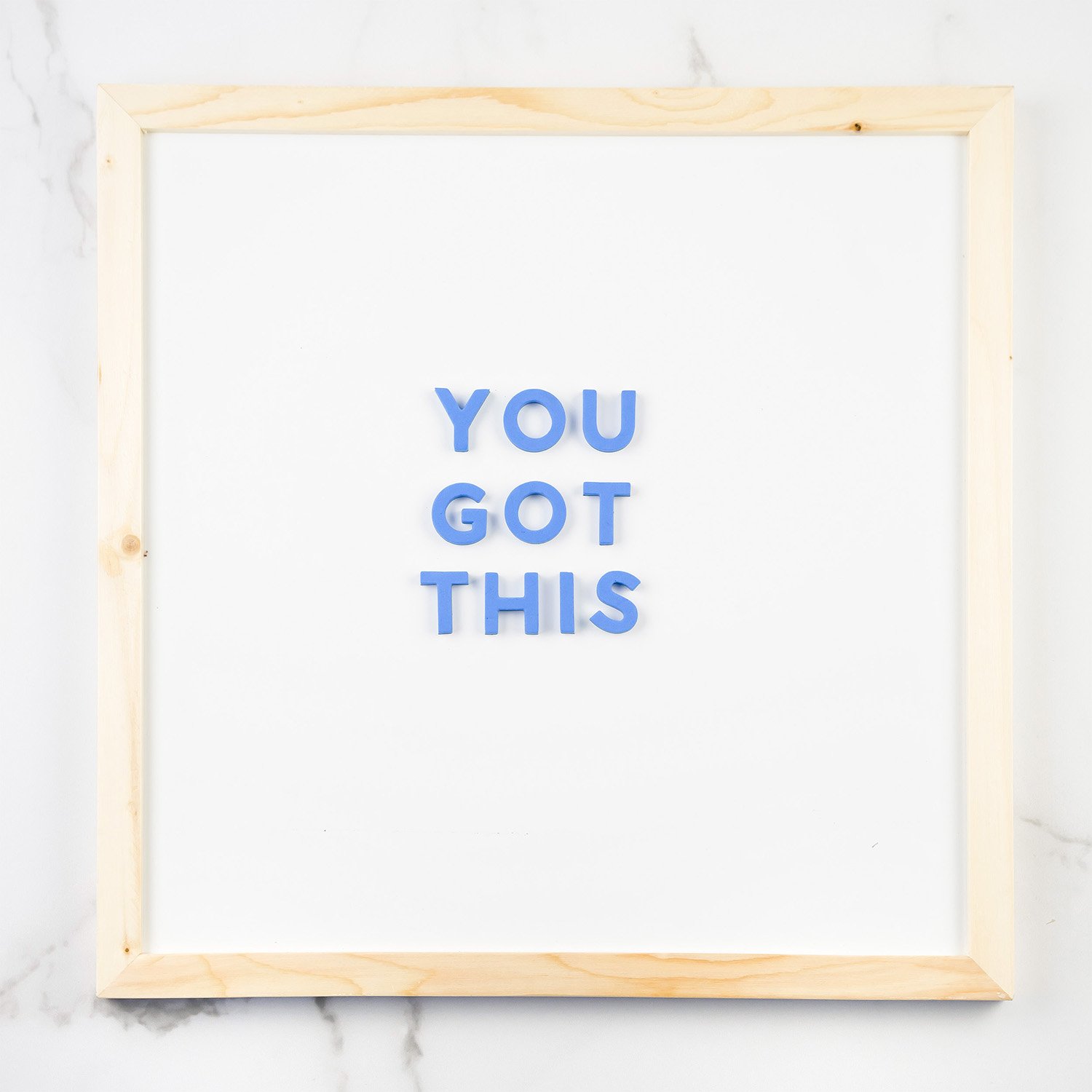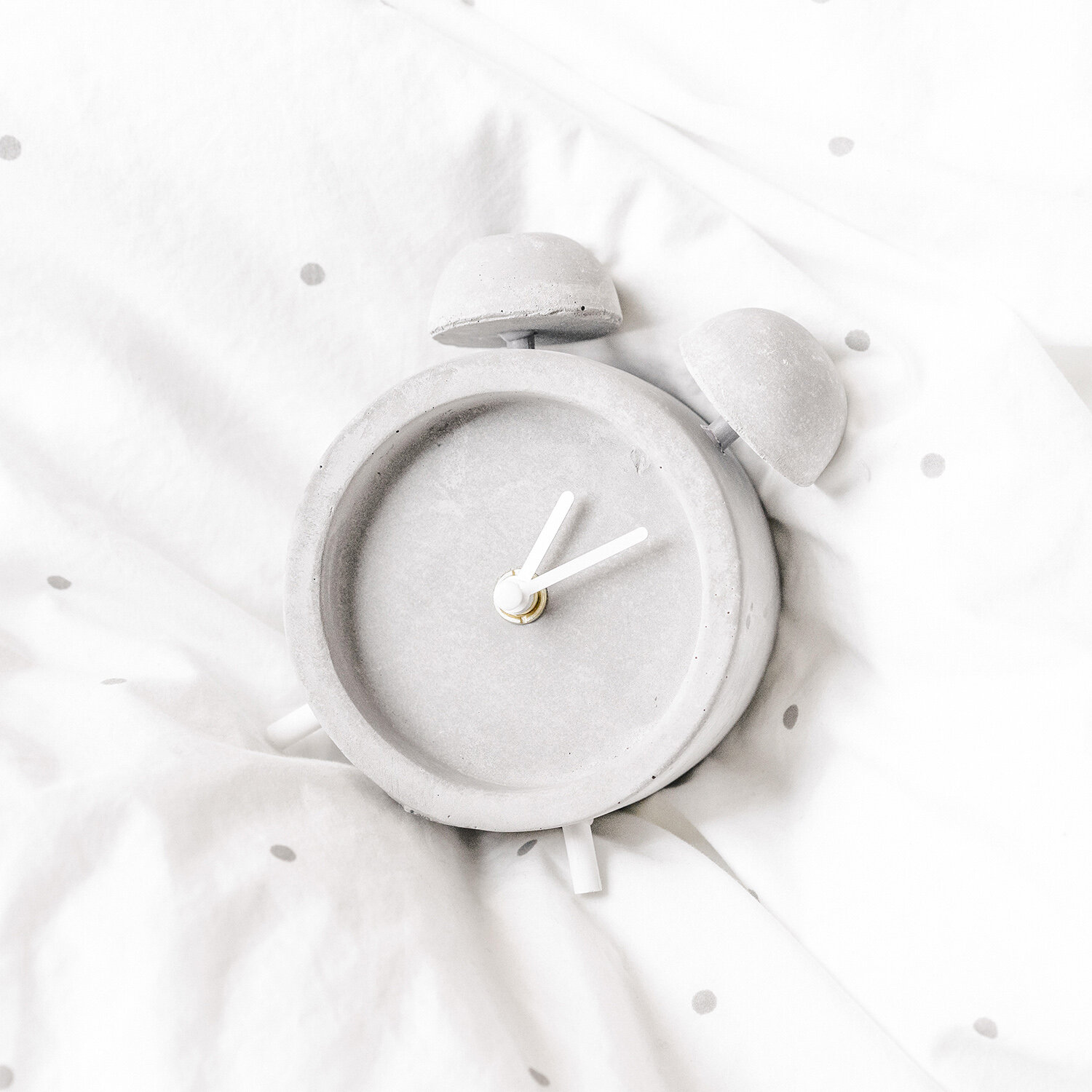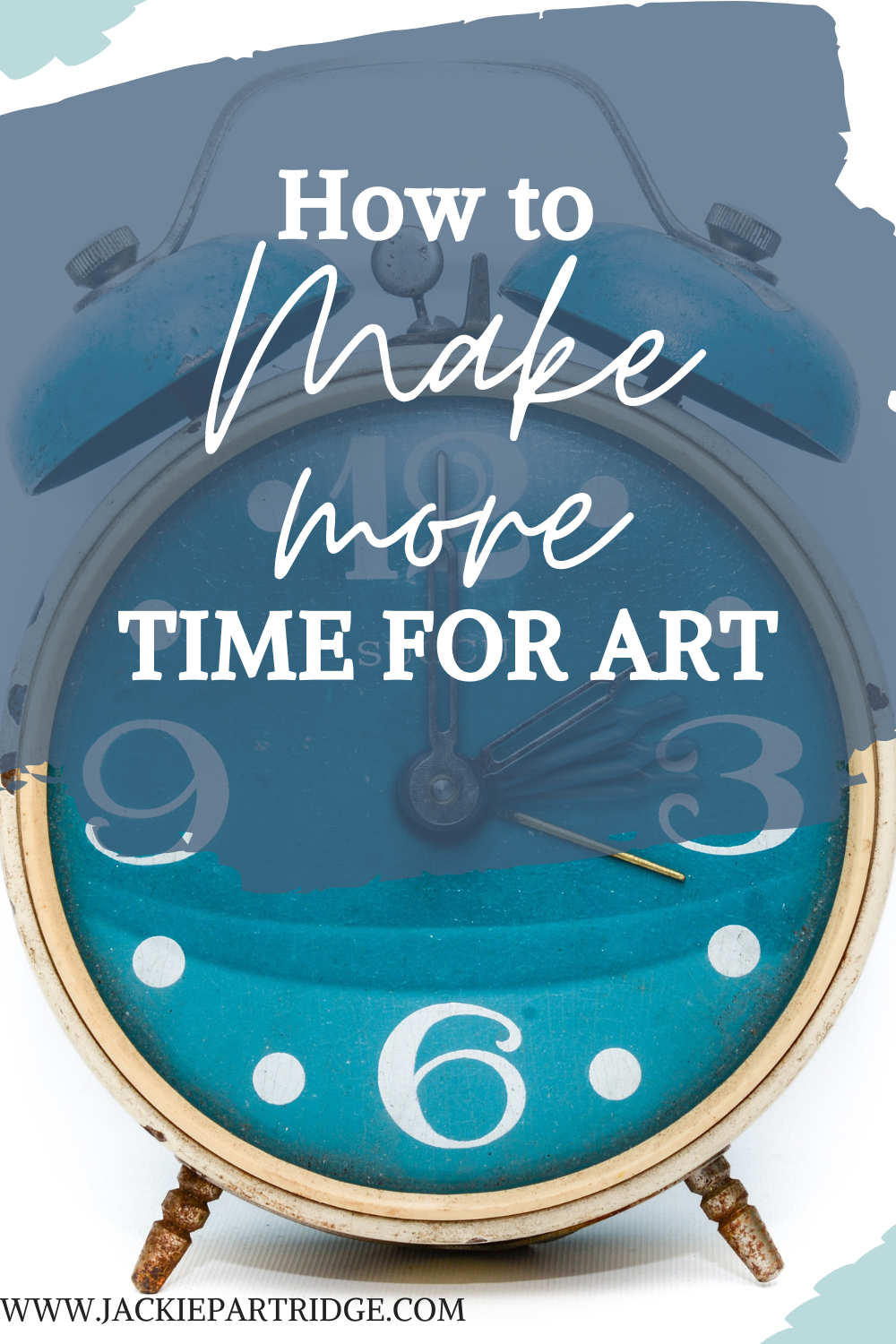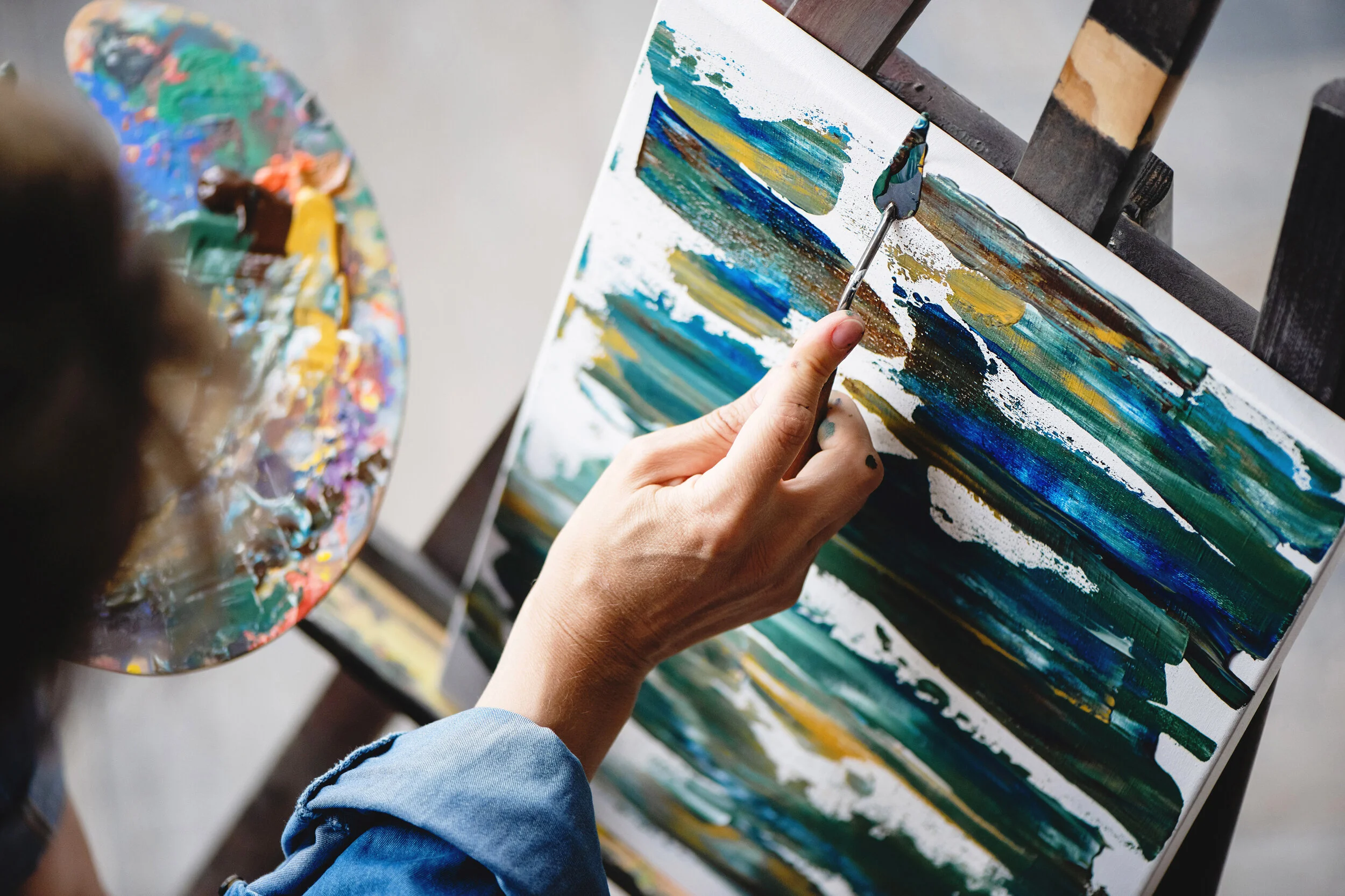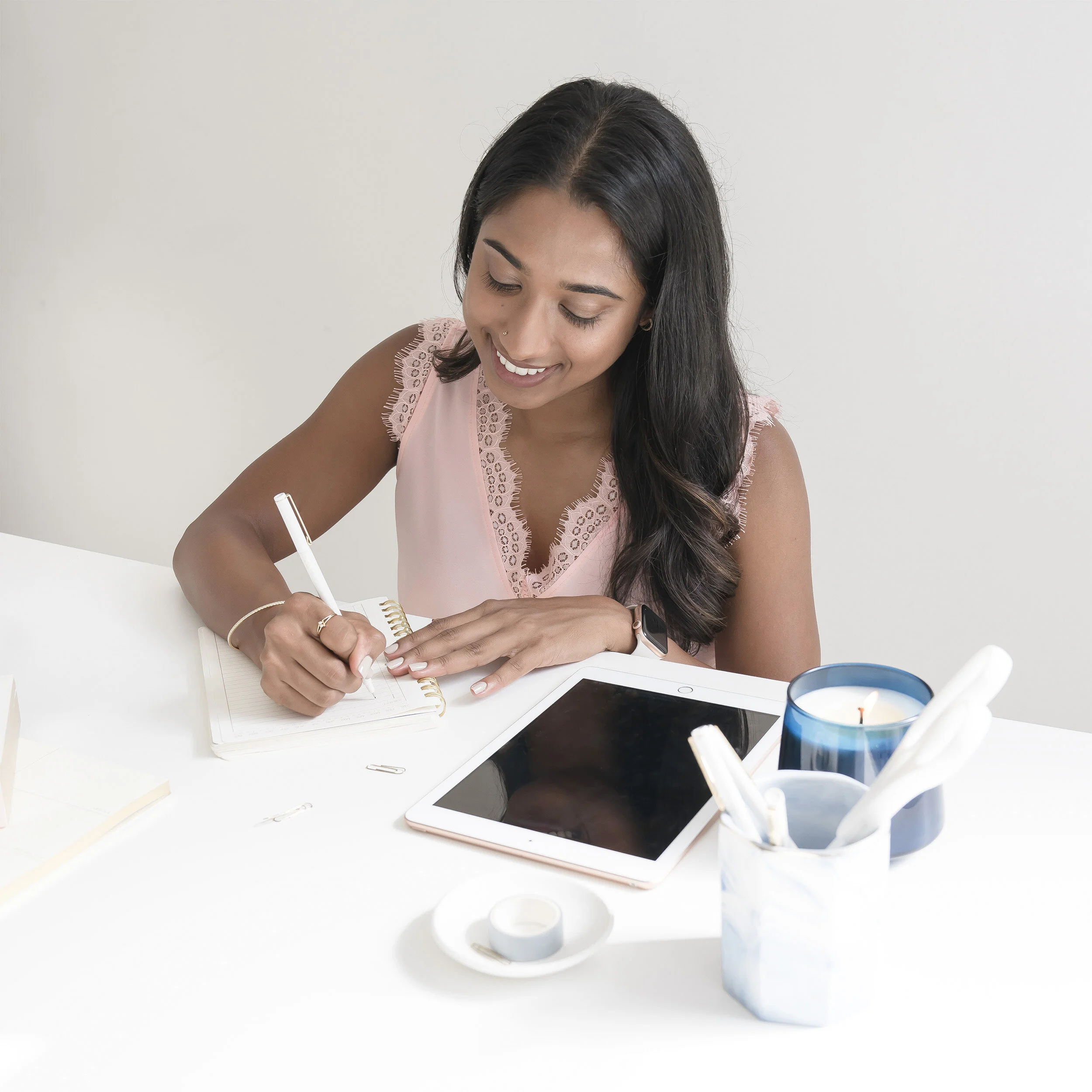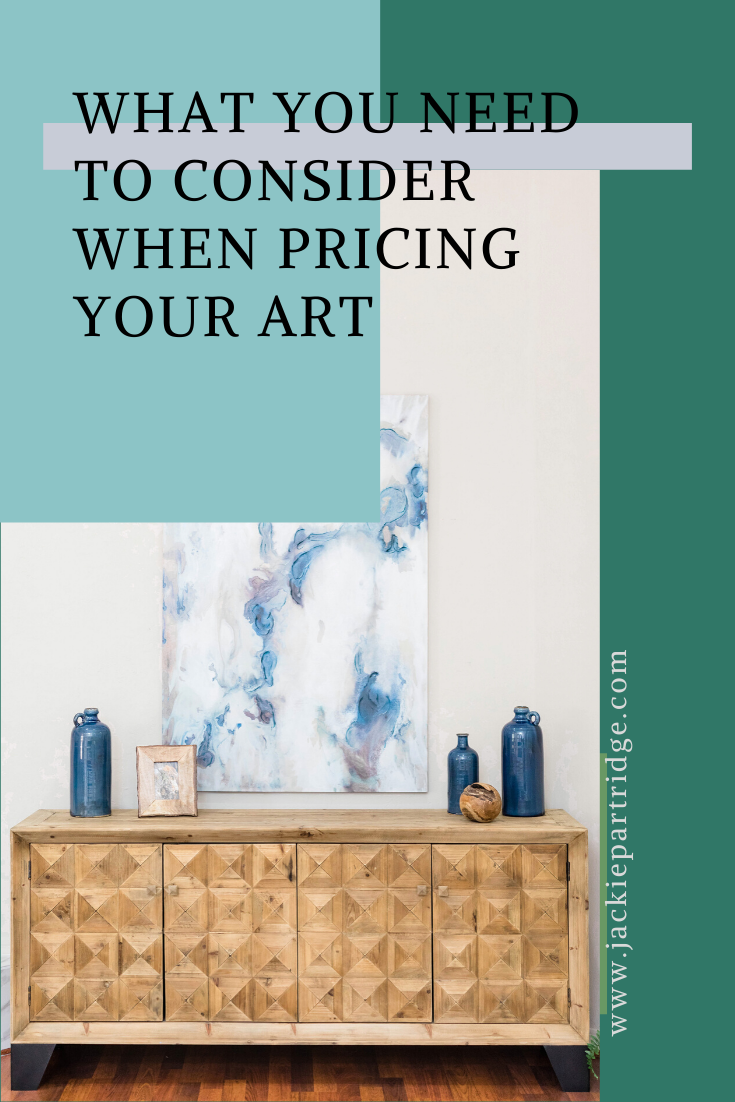Is an artist an entrepreneur? How do you make money as an artist? These are the questions I get asked all the time. I want to help teens and artists be successful artist entrepreneurs!
Is an artist an entrepreneur?
Yes, an artist is an entrepreneur. Often artists, especially emerging artists, just starting out rely on another job like a part-time job to help support their art career as it starts.
To learn more about being an artist/entrepreneur check out some
Being an artist is owning your own business. You are in charge of not only making art but finding ways to sell your art or creative ideas and make money.
Like any entrepreneur, it is important for artists to have an online presence like a website, social media and grow an audience.
Having an email list as an artist is important to help you to stay in touch and communicate with your customers/fans of your art.
It is smart to have multiple streams of revenue to be able to support you as an artist. I have listed different streams of revenue mentioned below.
You want to have different streams of revenue because different times in the year might bring in different amounts of money. For example, you might sell more art in November before the holiday but less in January, so it is good to have a plan in place for other ways to make money instead of just relying on one income stream.
Here are 21 Ways Artists Can Make Money as an Entrepreneur:
Selling Original Artwork: Direct sales of paintings, sculptures, or other original pieces.
Commissioned Work: Creating custom pieces based on specific requests from clients.
Prints and Reproductions: Selling prints of original artwork, often at a lower price point.
Merchandise: Designing products like t-shirts, mugs, or phone cases featuring their art.
Art Licensing: Licensing their artwork for use in various products, advertisements, or publications.
Teaching Art Classes: Offering in-person or online art classes and workshops.
Patreon and Subscription Services: Providing exclusive content to subscribers in exchange for a monthly fee.
Public and Private Grants: Applying for grants offered by organizations that support the arts. You can read about how to get an artist grant here!
Art Residencies: Participating in residencies that provide financial support and resources for artists. You can read about how an artist residency works - here!
Gallery Exhibitions: Partnering with galleries to exhibit and sell artwork.
Art Fairs and Markets: Selling work at local, national, or international art fairs and markets.
Freelance Design Work: Taking on projects like graphic design, illustration, or branding for clients.
Online Marketplaces: Selling artwork through platforms like Etsy, Saatchi Art, or Redbubble. I sell on Society6 - you can see my store here!
Social Media Sponsorships: Collaborating with brands on sponsored posts or campaigns on platforms like Instagram.
YouTube and Online Content: Creating content for YouTube or other platforms, monetizing through ads and sponsorships. You can check out my acrylic painting YouTube channel here and subscribe!
E-books, Books, and Tutorials: Writing and selling instructional books or video tutorials. You can check out my animal drawing book for teens and preteens- by clicking here! You can also check out my art teaching resources store here!
Art Subscriptions and Memberships: Creating subscription boxes or memberships that deliver art to customers regularly.
Crowdfunding: Using platforms like Kickstarter or Indiegogo to fund specific projects.
Public Art Commissions: Receiving commissions for public artworks, such as murals or sculptures.
Collaborations with Brands: Partnering with companies for special projects or limited edition products.
Art Installations: Designing and installing art for events, exhibitions, or permanent collections.
Being an artist and an entrepreneur can be very rewarding and very challenging.
It can be rewarding to make money for what you are passionate about and talented at.
It can be challenging because it might be harder or take longer than you expect to make consistent money online.
Often times you want to make art but you are being pulled in different directions and needing to focus not just on making art but how to balance your time to keep up with all of the tasks of being an entrepreneur.
Here are some tasks that an artist/entrepreneur has:
Posting on social media
Updating your website
Making art
Selling art
Shipping art
Emailing your email list
Growing your audience
Marketing/advertising
Tracking income and expenses
Managing your art inventory
Research and development of new ideas
Learning and implementing to become a better artist/entrepreneur
Lots of administrative tasks
And so much more!
Let me know in the comments what revenue streams you are interested in.
If you want to be an artist -be sure to download my art portfolio tips guide that includes 10 tips to make your art portfolio application stand out and get you accepted into your desired school.




